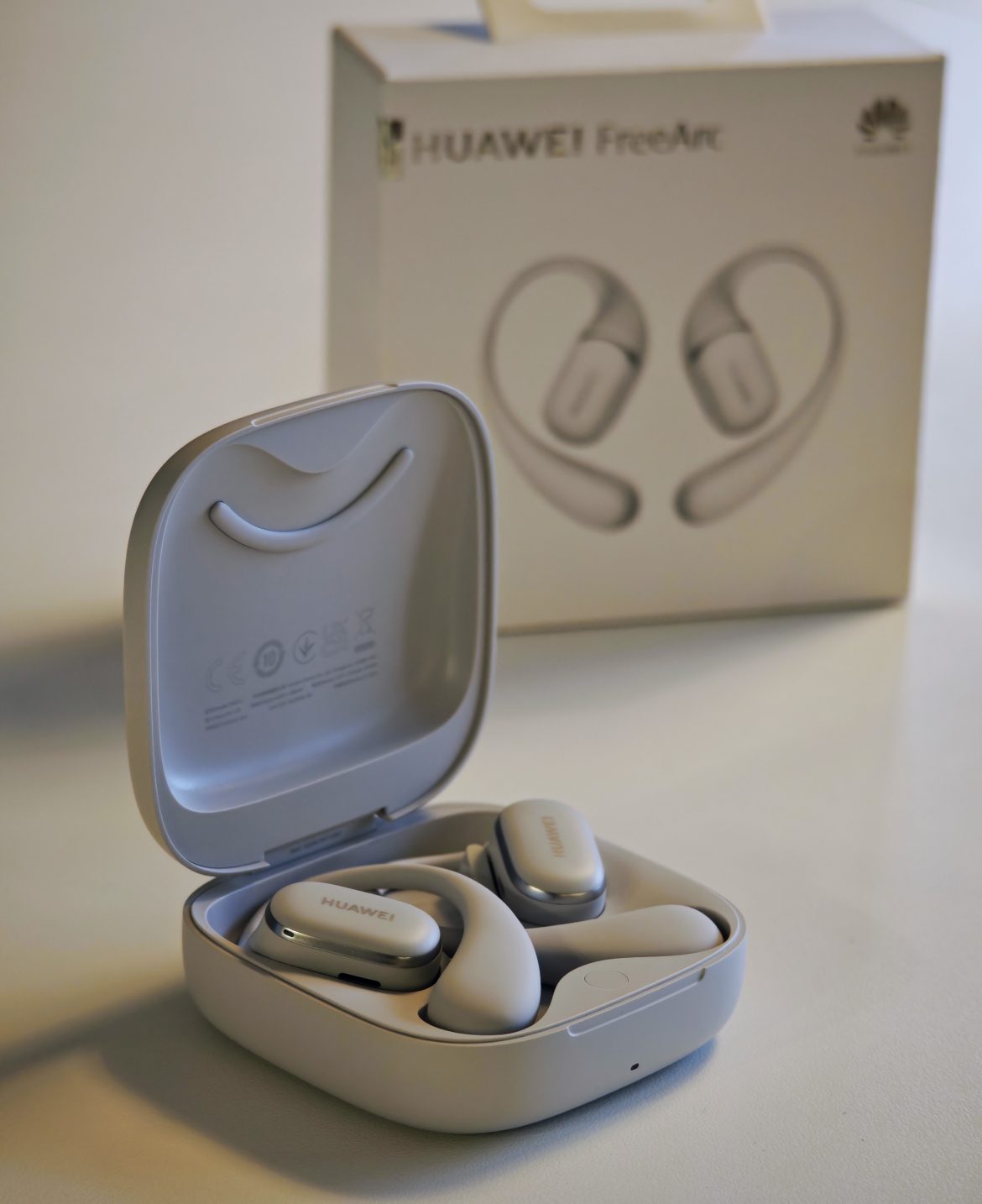TL;DR
Huawei's FreeArc headphones offer an open-air design for situational awareness, ideal for athletes, with a secure, comfortable fit and surprisingly good audio quality. While battery life is decent and call quality is great, the clunky Android app installation process and lack of wireless charging are significant drawbacks. They excel in noisy outdoor environments but struggle in loud indoor settings. Interested in how they stack up against the competition? Dive into the full review!
The Huawei FreeArc represents an intriguing entry into the “open-air” headphone market. Unlike many true wireless headphones that prioritize noise cancellation, the FreeArc features a speaker element positioned a short distance from the ear, allowing ambient sounds to permeate. This design caters to users such as runners, cyclists, and others who require environmental awareness. This positions them as a direct competitor to devices like the Shokz OpenFit and its successor, the Shokz OpenFit Air, both of which share a similar design philosophy.
This review will evaluate the Huawei FreeArc’s audio performance, feature set, and overall value proposition to determine its suitability for its intended audience.
Installation
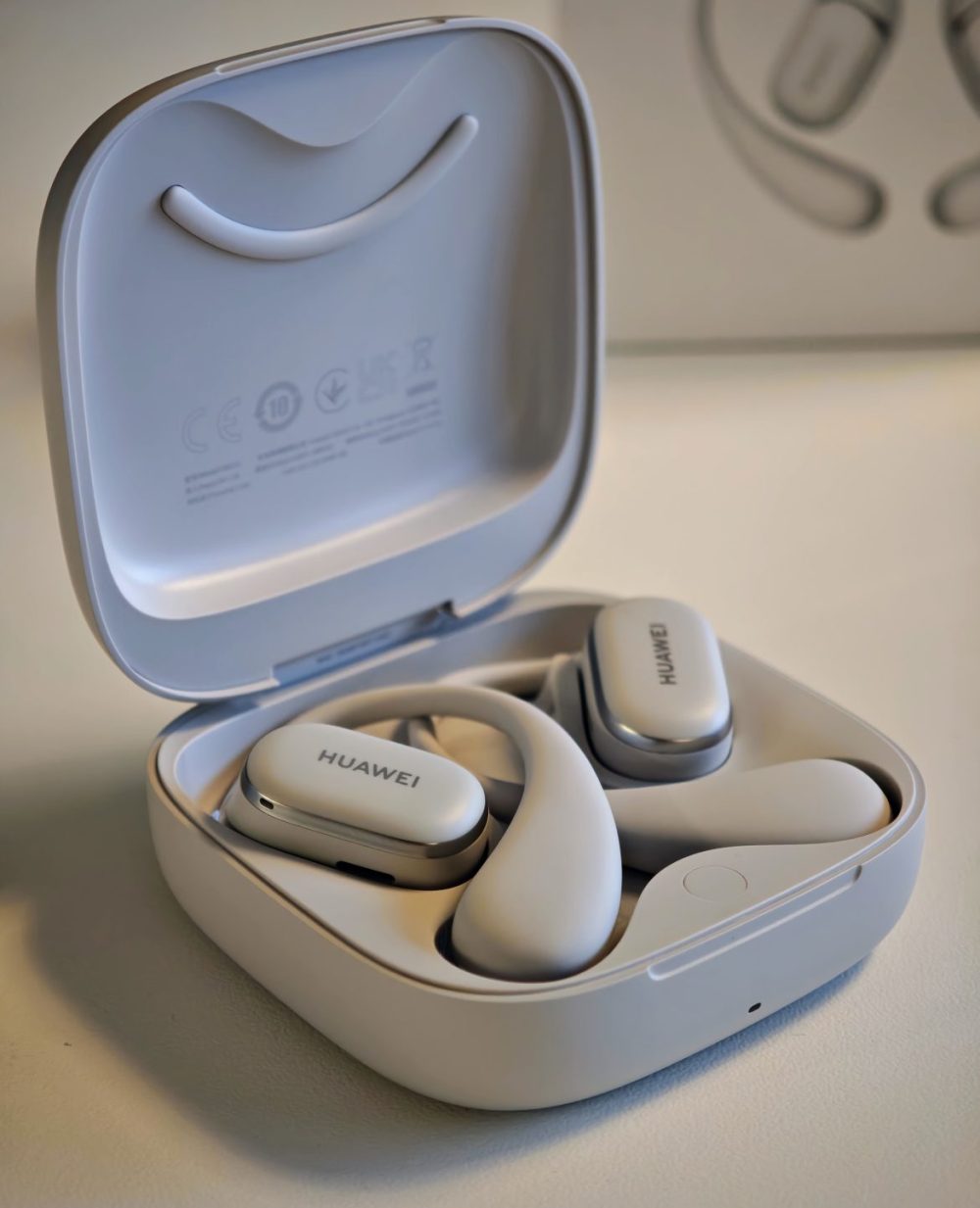
The packaging includes the headphones and a quick start guide. Note that a charging cable or power adapter is not included. The charging case is notably larger than those of typical true wireless earbuds, commensurate with the larger size of the FreeArc headphones themselves.
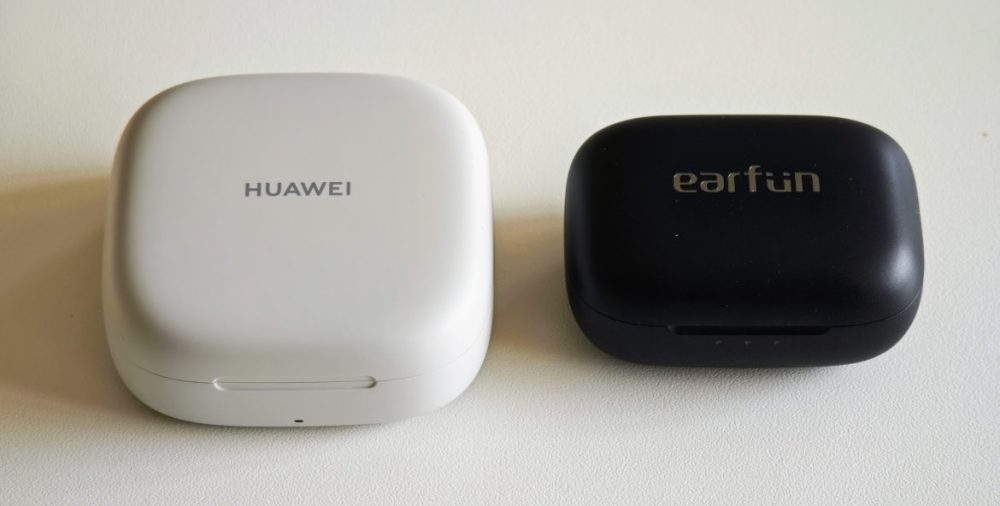
The image above illustrates the size difference between the FreeArc case and the case for the Earfun Air Pro 4.
Pairing with an iPhone proved straightforward. Scanning the QR code on the packaging directs users to download and install the companion application, enabling customization of touch controls, setting adjustments, and firmware updates.
However, the Android installation process presented immediate challenges. While pairing proceeded without issue, scanning the QR code did not redirect to the Google Play Store. Instead, the system prompted the download of an APK file containing Huawei’s AppGallery to install the “AI Life” application required to manage the headphones.


This security warning’s presentation may vary across different Android devices. The depicted example originates from a Xiaomi 15 Ultra. Proceeding requires acknowledging and accepting the associated risks, followed by a secondary warning.
Subsequently, “Google Play Protect” intervened, citing the application’s compatibility with an older Android version despite the test device operating on Android 15.
Repeated installation attempts across multiple Android devices consistently triggered similar warnings, necessitating the enabling of “install unknown apps” permission. Only on a Huawei P30 Pro, pre-equipped with the AppGallery, did the installation process complete seamlessly.
This convoluted installation process is a significant drawback. Many users may be dissuaded by the initial warnings, preventing them from installing the application. While the headphones function without the app, certain functionalities are lost.
The “AI Life” application offers standard features such as EQ adjustments, customizable touch controls, and firmware update capabilities.
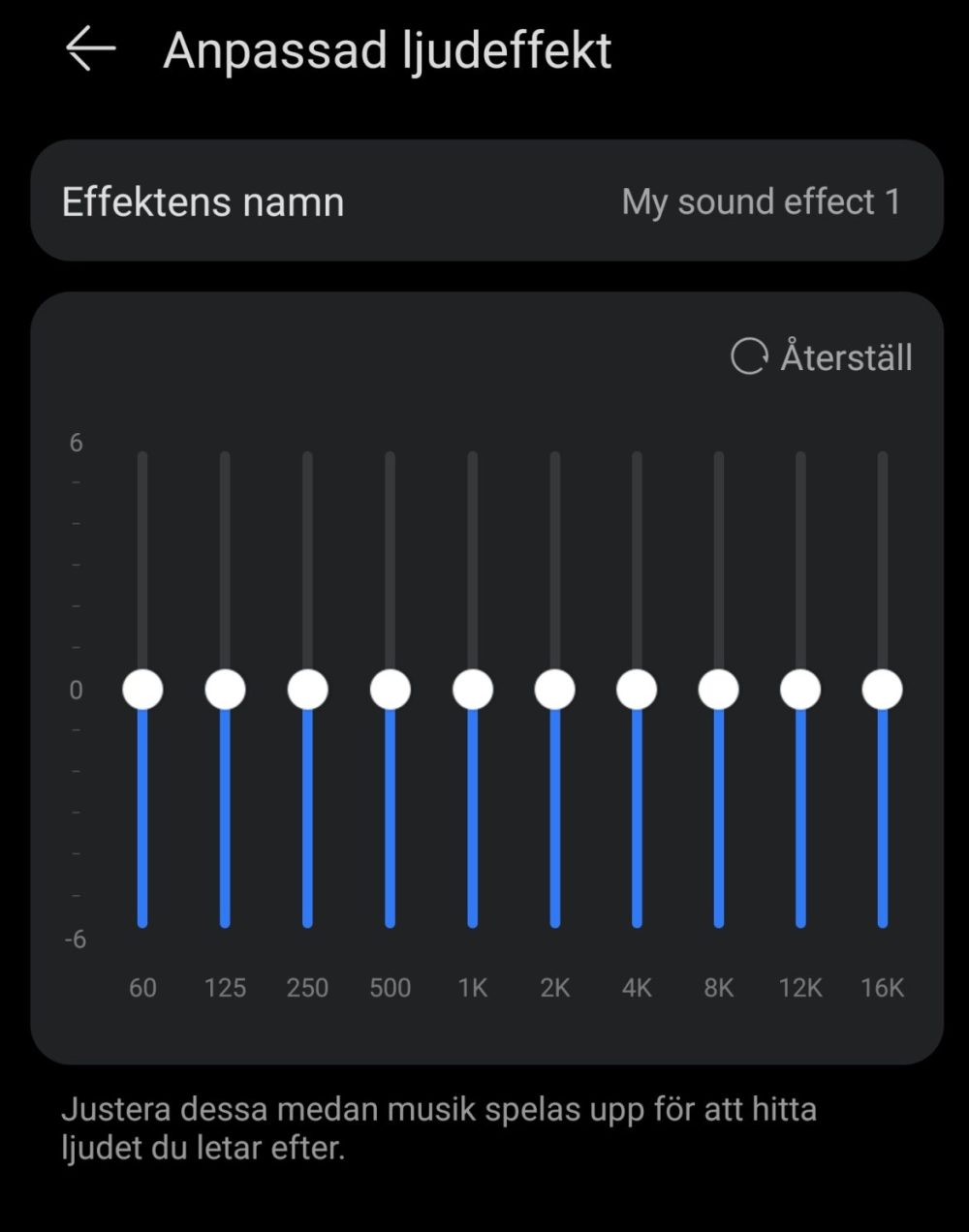
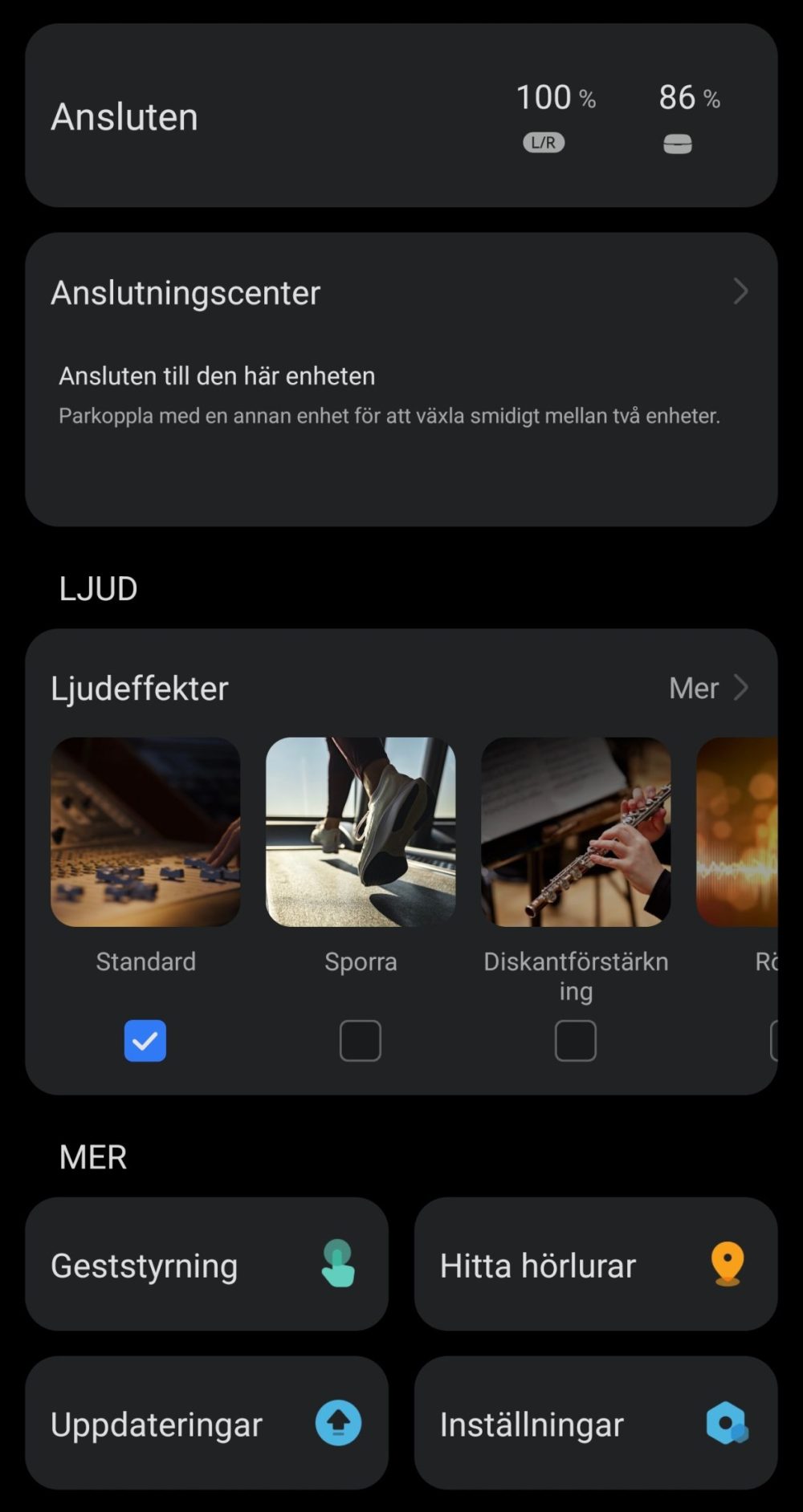

Multipoint connectivity is supported, enabling simultaneous connection to two devices.
Battery Life and Charging
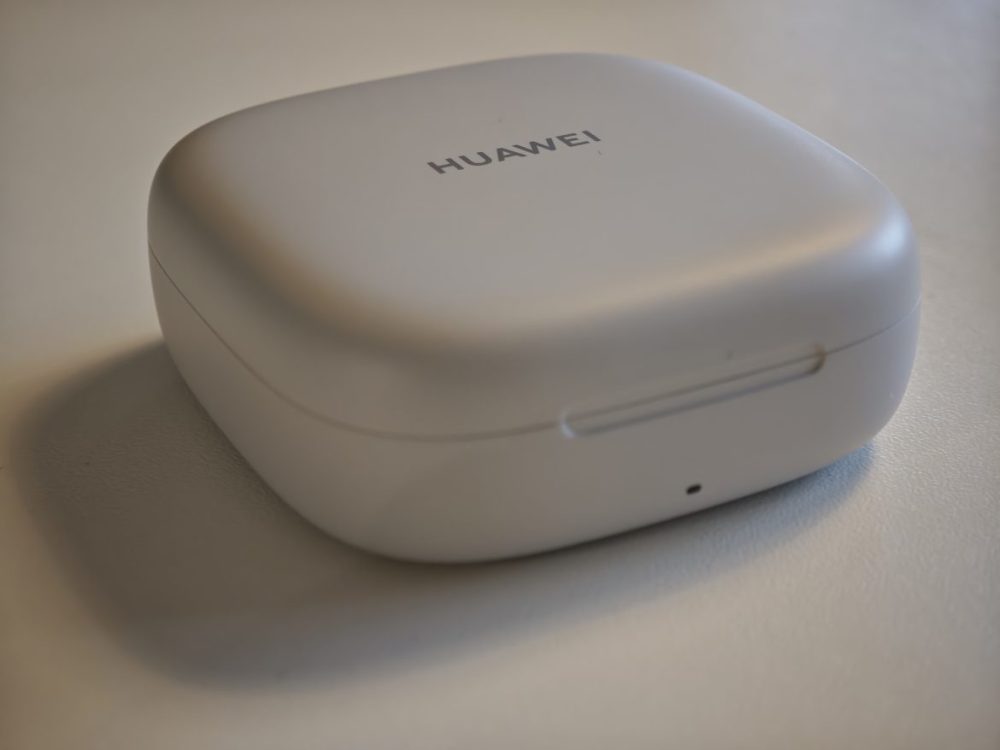
Huawei claims approximately 7 hours of battery life for the headphones themselves, with the case providing an additional 21 hours, resulting in a total of 28 hours. Our testing corroborated these claims, yielding approximately 6 hours of playtime at relatively high volume levels. A 10-minute charge within the case provides 3 hours of playback, facilitating quick top-ups.
Regrettably, the case lacks wireless charging capabilities, relying solely on USB-C. Charging the case fully requires approximately 1 hour.
Design & Fit
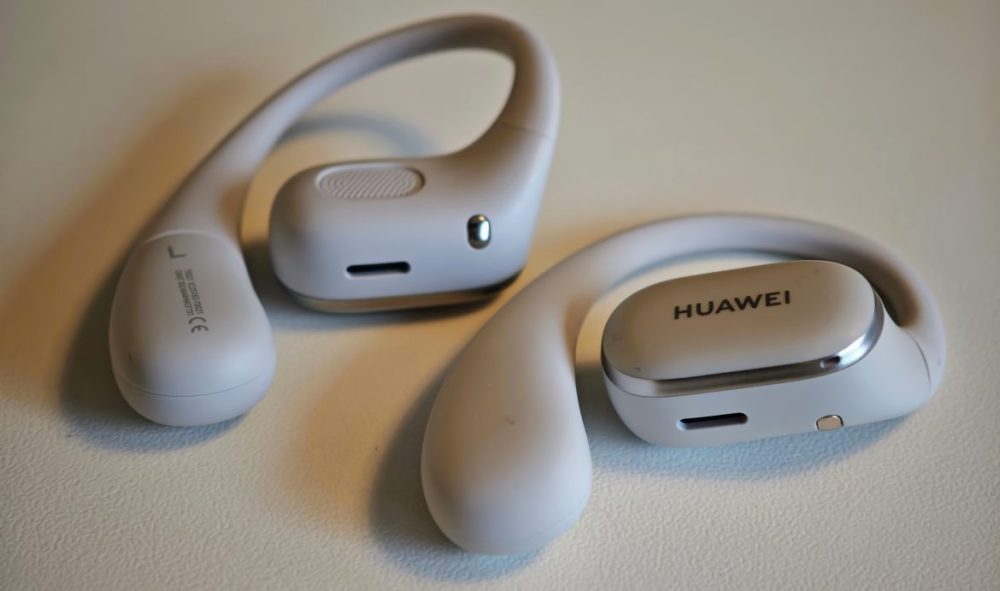
The FreeArc headphones feature a distinctive design characterized by an arc that wraps behind the ear, terminating in a sizable “drop” intended to secure the fit. A small speaker rests just outside the ear canal, ensuring no portion of the headphone is inserted into the ear itself.
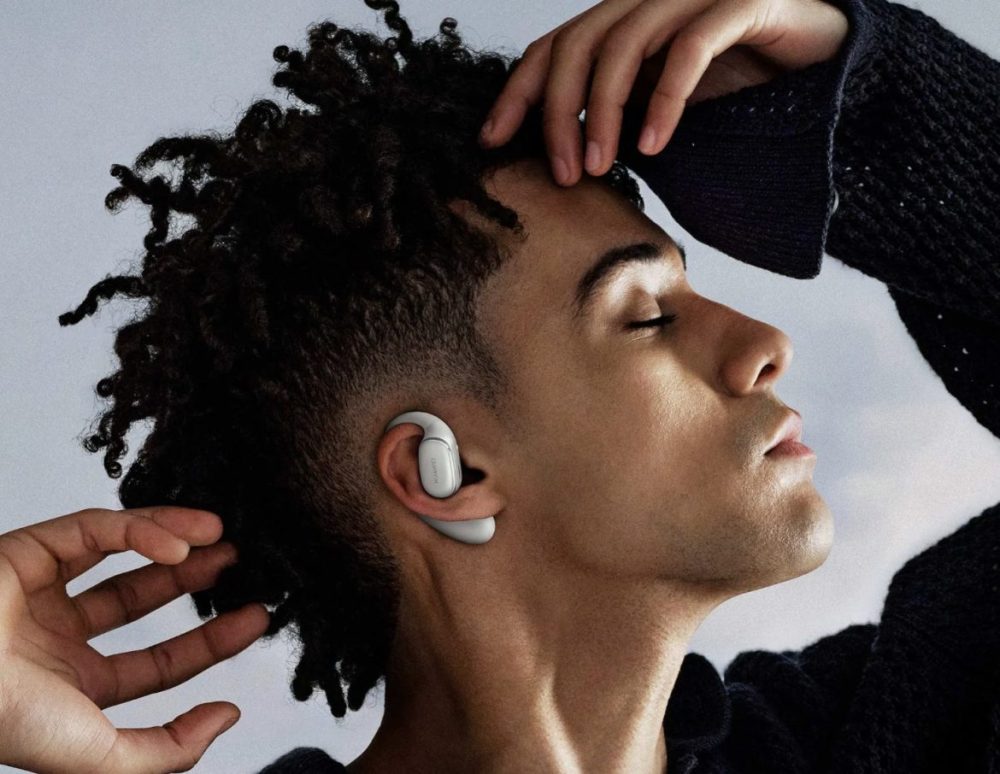
The majority of the headphone’s surface is coated in soft silicone, enhancing comfort. Despite the initial unfamiliarity of the behind-the-ear design, the fit proves remarkably secure. Even during rigorous head movements, the headphones remained firmly in place. Prolonged use leads to a near-imperceptible wearing experience. The open-air design mitigates the enclosed sensation often associated with in-ear headphones.
Internal testing involving multiple members of the editorial team yielded uniformly positive feedback regarding the fit. Individuals who typically struggle to find well-fitting in-ear headphones, particularly during physical activity, found the FreeArc exceptionally well-suited.
The headphones boast an IP57 rating, indicating resistance to rain and sweat. However, the charging case lacks any IP rating, necessitating careful handling.
Users with eyeglasses featuring thick temples may require minor adjustments to achieve optimal comfort. This may involve removing the glasses, positioning the headphones, and then replacing the glasses.
The headphones are controlled via touch gestures (presses and swipes) on the “Huawei” branded area. Responsiveness is adequate, and the touch-sensitive surface is sufficiently small to prevent inadvertent activation. The absence of a wear-detection sensor means playback does not automatically pause upon removal; the headphones must be placed in the case to stop playback.
Sound Quality

Arguably the most crucial aspect of any headphone is its sound quality. Despite being marketed towards fitness enthusiasts, the FreeArc delivers surprisingly impressive audio performance. Testing with “Billie Eilish – Bad Guy” revealed a powerful yet controlled bass response that does not overshadow the vocals. Further evaluation across our reference track list showcased a balanced frequency response, with clear and detailed midrange and airy, well-defined treble that avoids harshness. Acoustic music particularly shines, reminiscent of listening with open-backed headphones.
While the FreeArc does not attain the same level of fidelity as reference headphones such as the Bowers & Wilkins Pi8, it caters to a different target demographic and usage scenario, and occupies a significantly lower price point.
The wireless range is exceptional, exceeding that of most headphones we have tested. Testing within a three-story, 160 sqm house demonstrated consistent reception throughout the building and extending a considerable distance into the garden.
Call quality is also commendable, both for the user and the recipient. The integrated noise reduction effectively minimizes background noise. The open design promotes awareness of one’s own vocal volume, preventing the tendency to speak excessively loudly often encountered with in-ear headphones.
It is essential to acknowledge that the primary advantage of “open-air” headphones—environmental sound awareness—can also be a disadvantage. In noisy environments such as gyms or subways, the audibility of the headphones’ output is significantly reduced. Conversely, this design facilitates awareness of surrounding hazards, such as cyclists, during outdoor activities.
Conclusion
After a week of extensive use, the Huawei FreeArc has left a positive impression. It excels as a training headphone, performs well as a headset for meetings and calls, and delivers enjoyable music listening experiences.
The environmental awareness inherent in its design restricts its usability in certain contexts, differentiating it from noise-canceling headphones. It is not ideal for air travel, but it is well-suited for running, home use, or office environments.
Several factors prevent a perfect rating. The problematic Android software installation process is a significant detractor. Furthermore, the battery life, while adequate, is not exceptional. Given the case’s size, a greater total playtime would have been preferable. The lack of wireless charging also marginally reduces the overall score.
However, considering its numerous strengths and a recommended retail price of only SEK 1,300, the Huawei FreeArc warrants a strong recommendation.
Huawei provided review samples for this evaluation. The provision of review units does not influence our editorial independence. Our reviews are conducted objectively, prioritizing the interests of our readers and consumers.
